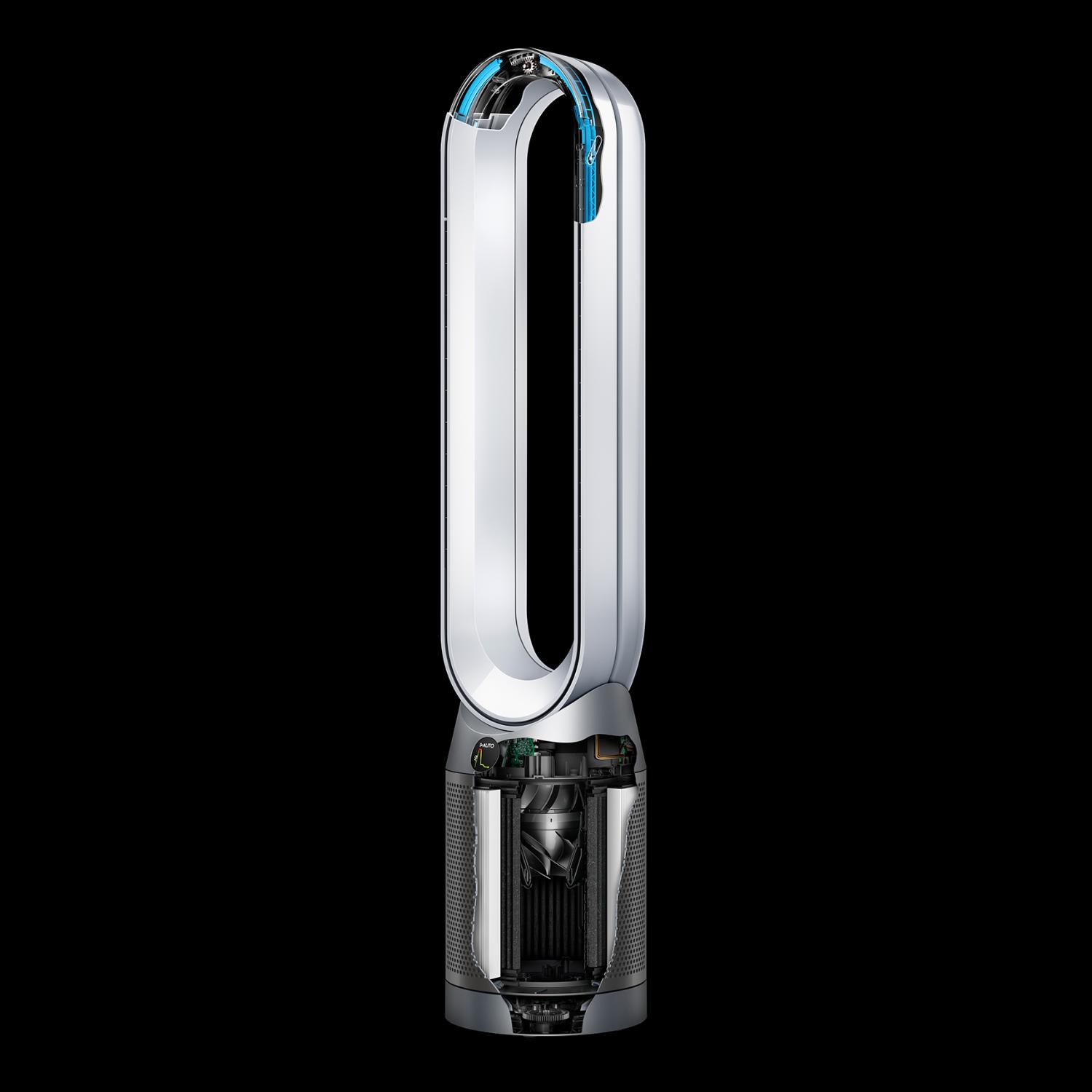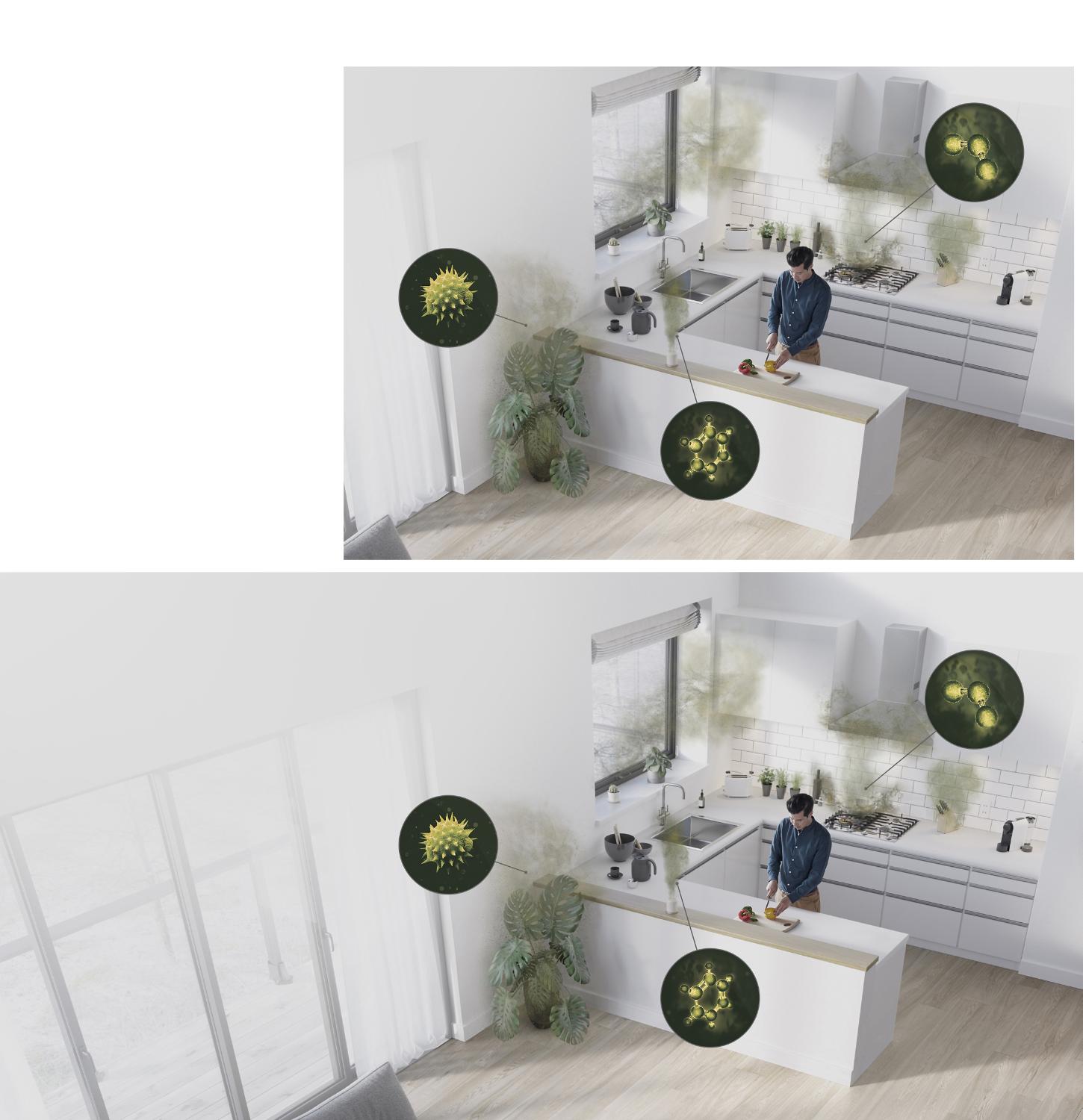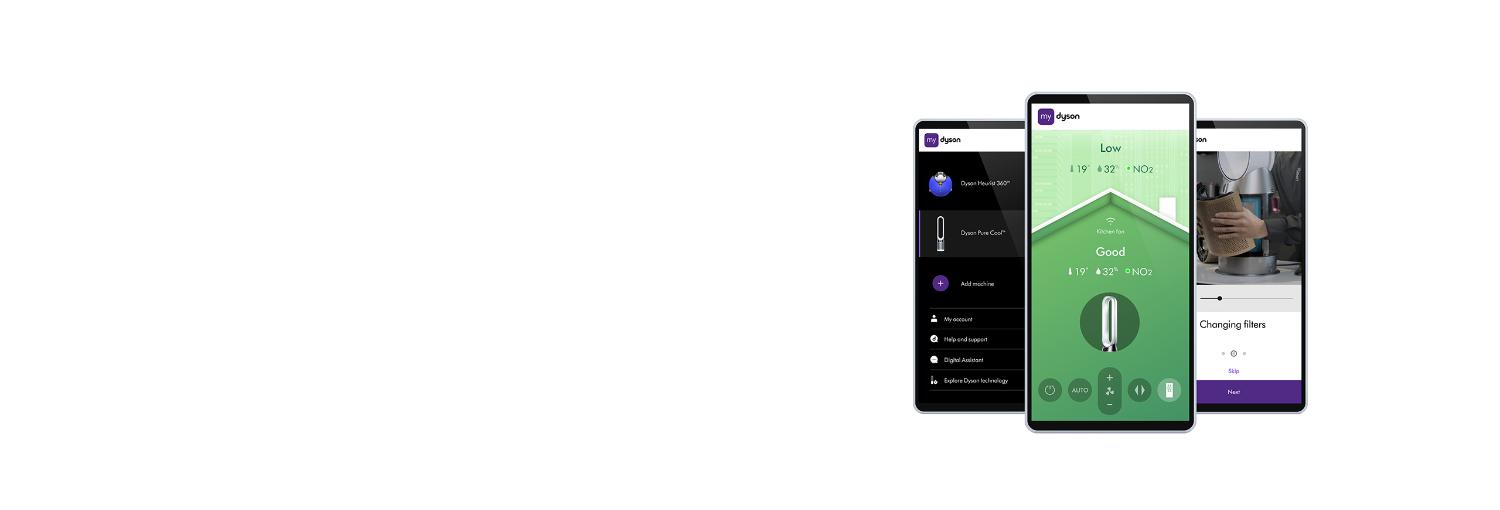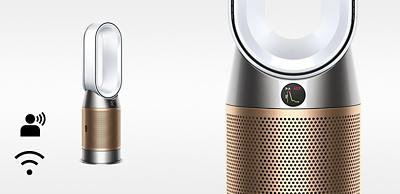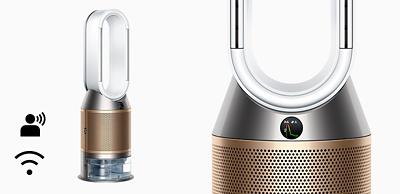*Dyson purifiers were challenged with airborne influenza A (H1N1 virus) and MS2 bacteriophage at an independent lab, using a 30 m3 chamber. After 60 minutes at maximum fan speed, the airbone concentration in the chamber was reduced up to 99.9%. Real-life may vary.
*Dyson purifiers were challenged with airborne SARS-CoV-2 (the virus that causes COVID-19) at an independent lab, using a 0.37 m3 chamber for 90 seconds. Dyson purifiers were also challenged with Phi-6 bacteriophage at an independent lab, using a 30 m3 chamber. After 90 minutes at maximum fan speed, the airbone concentration in the chamber was reduced up to 99.9%. Real-life may vary.
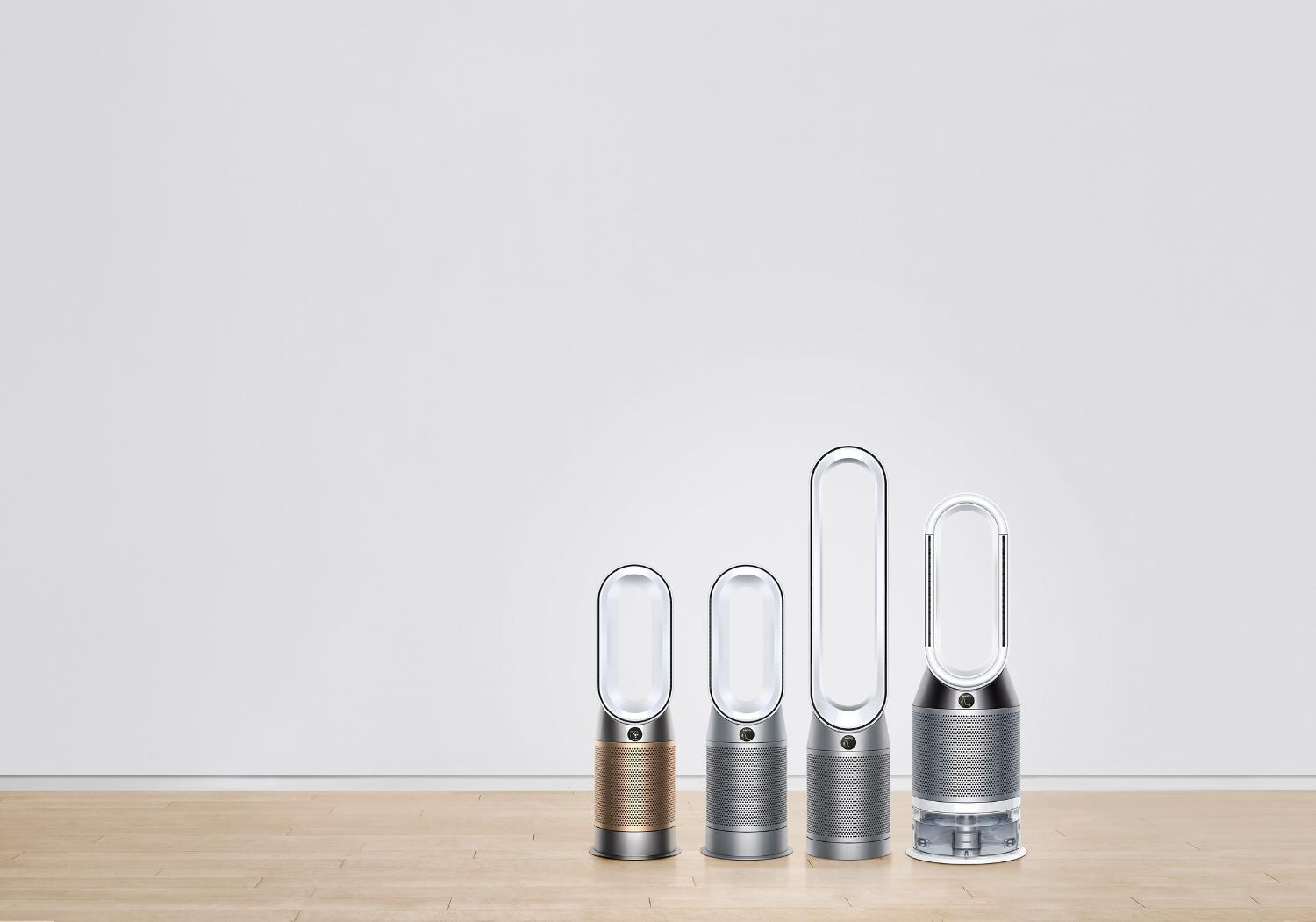
Reviews powered by Bazaarvoice
Dyson Purifier Cool TP7A Autoreact Purifying Fan (White/Nickel)
Overall rating
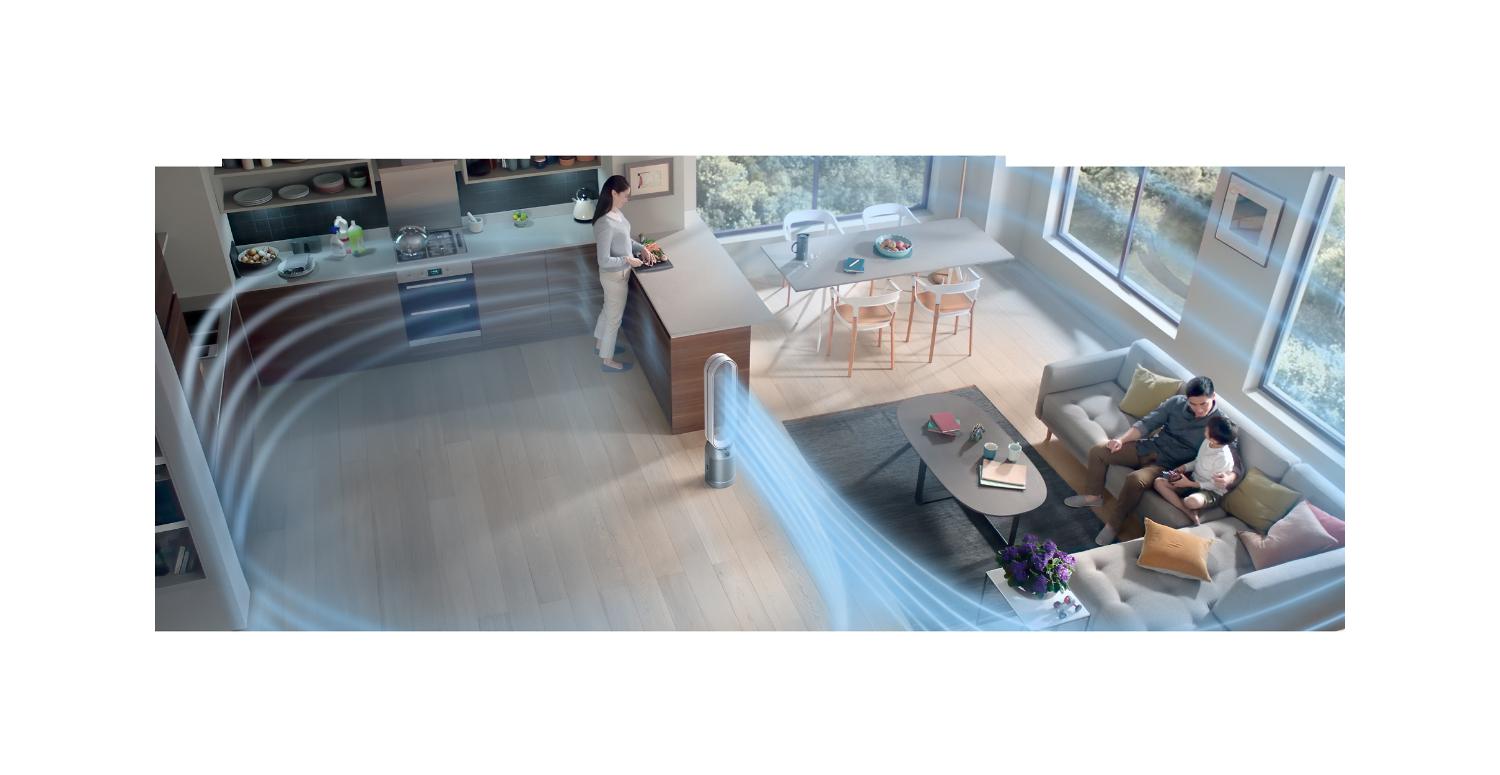
Powerful circulation to purify the whole room
Only Dyson purifiers have Air Multiplier™ technology, to draw in distant pollutants and project purified air throughout the room.²

Dyson purifiers are tested beyond the industry standard
We test our purifiers in a room size of 81m³, with nine sensors that continuously measure air quality. Some other manufacturers use a small 28.5m³ chamber, with only one sensor and a fan to boost circulation.
-

Industry-standard test chamber – only 28.5m³
-

Dyson POLAR test chamber - 81m³
-
Household fumes and cooking
Odours
-
Cleaning products and candles
Benzene and VOCs
-
Gas stoves and car exhausts
Nitrogen Dioxide
-
Pollen and allergens
PM10
-
Bacteria
PM5.0
-
Industrial emissions and house dust
PM2.5
-
Ultrafine particles
PM0.1
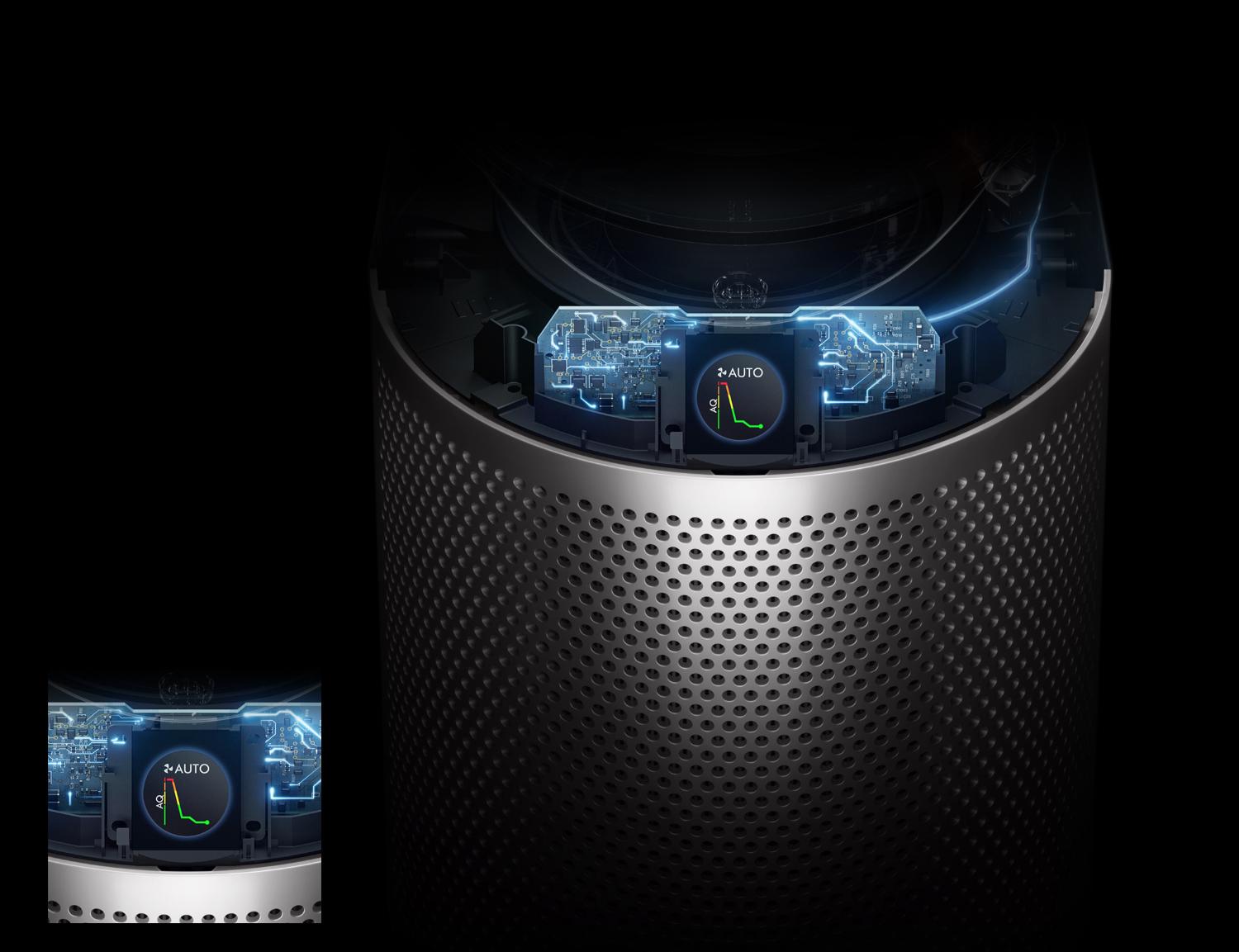
Senses and reports, automatically
Three sensors constantly analyse your air, while our unique algorithm cross-checks data every second. To precisely monitor, display and react to your air quality.
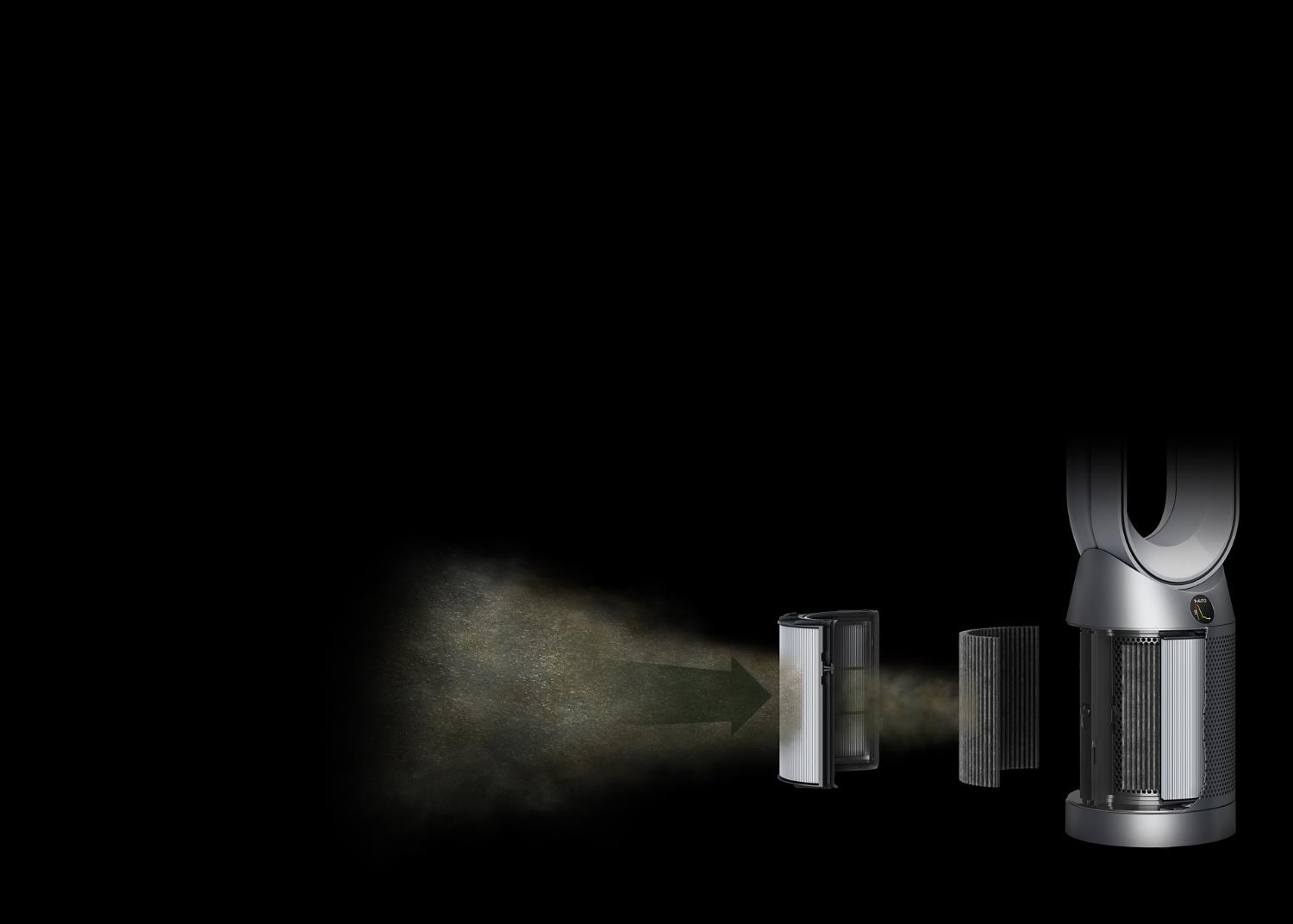
Captures and removes with HEPA filtration
HEPA filter captures 99.95% of particles as small as 0.1 microns.² Activated carbon absorbs gases⁵, odours and VOCs.

Additional features
-

Diffused mode. Purifies without cooling you.
Airflow is diverted through the back of the machine, maintaining effective purification.
-

Night mode
For lighter sleepers, it monitors and purifies using the quietest settings along with a dimmed display.
-

20% quieter
Acoustically engineered to reduce turbulence, so it's 20% quieter than the previous model.
-

Easy filter care
Your HEPA+Carbon filter is easy to change and the LCD screen will alert you when it's time.
-
Expert guides and content
From quick-start and how-to guides to understanding different modes and screens. All tailored to you and your machines.
-
Automated filter alerts
You'll never need to worry about when it's time to replace your filter, as we'll let you know. Helping your machine to always perform at its best.
-
Tailored 24/7 support
Maintenance advice and troubleshooting, when you need it. You can also activate tailored machine support, direct to your inbox.
Frequently asked questions
Dyson engineers are perfectionists. Channelling our relentless dissatisfaction, we have re-engineered the Dyson Purifier range to be our first purifiers fully sealed to HEPA H13 standard. Capturing 99.95% of ultrafine particles and preventing pollutants from leaking back into the air you breathe.
The Dyson Purifier Cool Formaldehyde has all of the capabilities found in our advanced purification products but goes a step further to detect and destroy formaldehyde. An added solid state-sensor precisely detects formaldehyde, while our catalytic filter breaks it down into two safer molecules – carbon dioxide and water.
Formaldehyde is a polluting gas formed of carbon, hydrogen and oxygen that is commonly found in homes. Common sources of formaldehyde in your home could be: paint and varnishes, air fresheners, mattresses, furniture, household cleaners, carpets, particleboard and plywood, electronics, dryer sheets, nail polish remover, moth balls, toys, fireplaces and wood burning stoves.
We recommend replacing the HEPA+Carbon filter every 12 months. That's because over time, filters can get clogged with pollutants, and even let unpleasant odours back into the room. The machine will alert you when it’s time to change filters. A filter life reading can be found on the LCD screen. The catalytic filter never needs replacing.
- 1 Tested for filtration efficiency at 0.1 microns (EN1822, ISO29463). Dyson purifiers were challenged with airborne influenza A (H1N1 virus) and MS2 bacteriophage at an independent lab, using a 30 m3 chamber. After 60 minutes at maximum fan speed, the airborne concentration in the chamber was reduced up to 99.9 %. Real-life efficacy may vary.
- 2 Dyson purifiers were challenged with airborne SARS-CoV-2 (the virus that causes COVID-19) at an independent lab, using a 0.37 m3 chamber for 90 seconds. Dyson Purifiers were also challenged with Phi-6 bacteriophage (a surrogate to test SARS-CoV-2) at an independent lab, using a 30 m3 chamber. After 90 minutes at maximum fan speed, the airborne concentration in the chamber was reduced by 99.9 %. Real-life efficacy may vary.
- 3 Particle challenge by DHES oil specified in EN1822 within a chamber of specified in ATSM F3150. Tested in max mode at IBR US, for w whole machine efficiency above 99.95%.
- 4 Gas capture rates may vary.
Save €100 when purchasing a Dyson V8 vacuum cleaner. Valid for purchases of eligible products made from dyson.ie between 04.10.2023 and 07.11.2023. See terms and conditions for more information.



